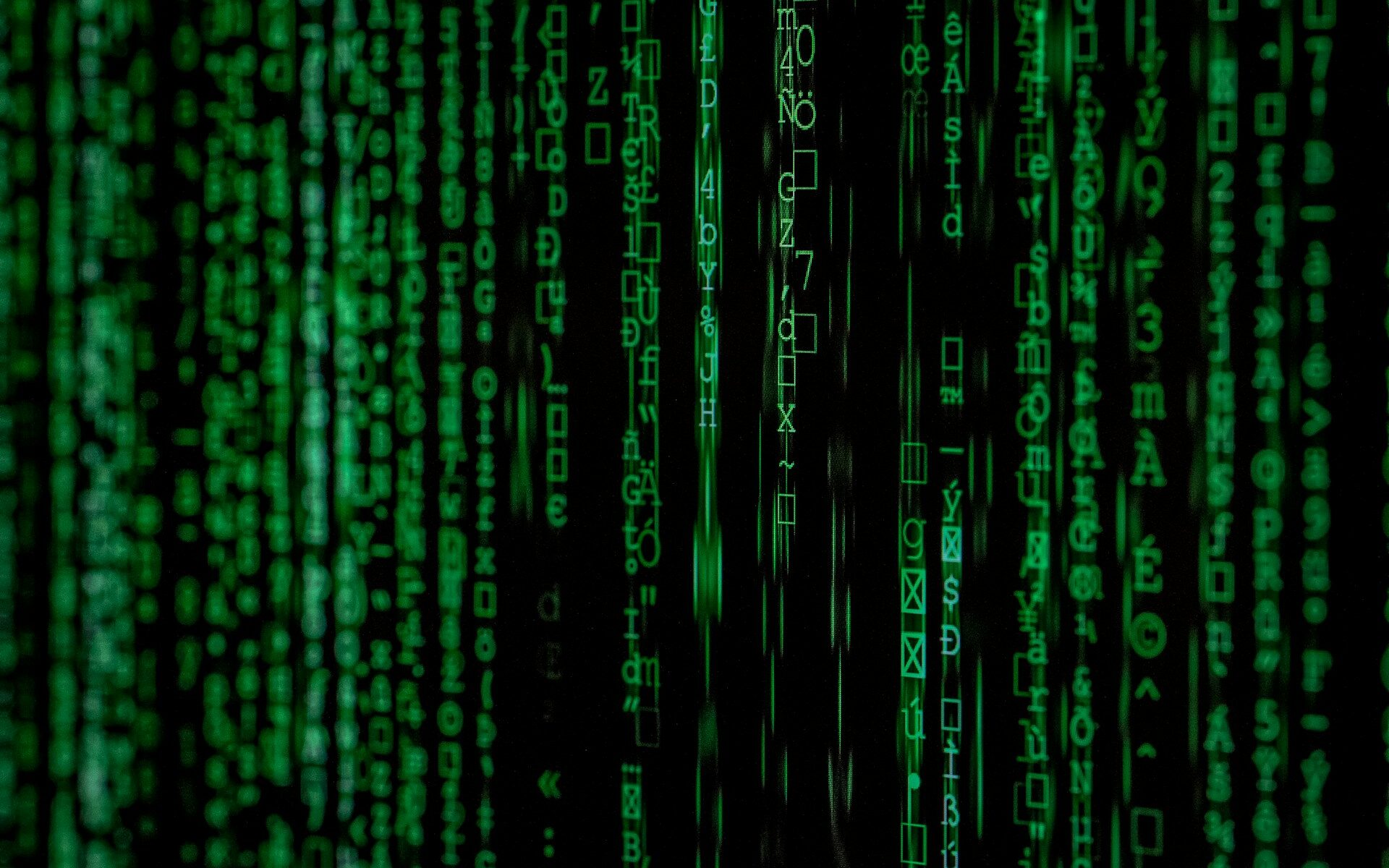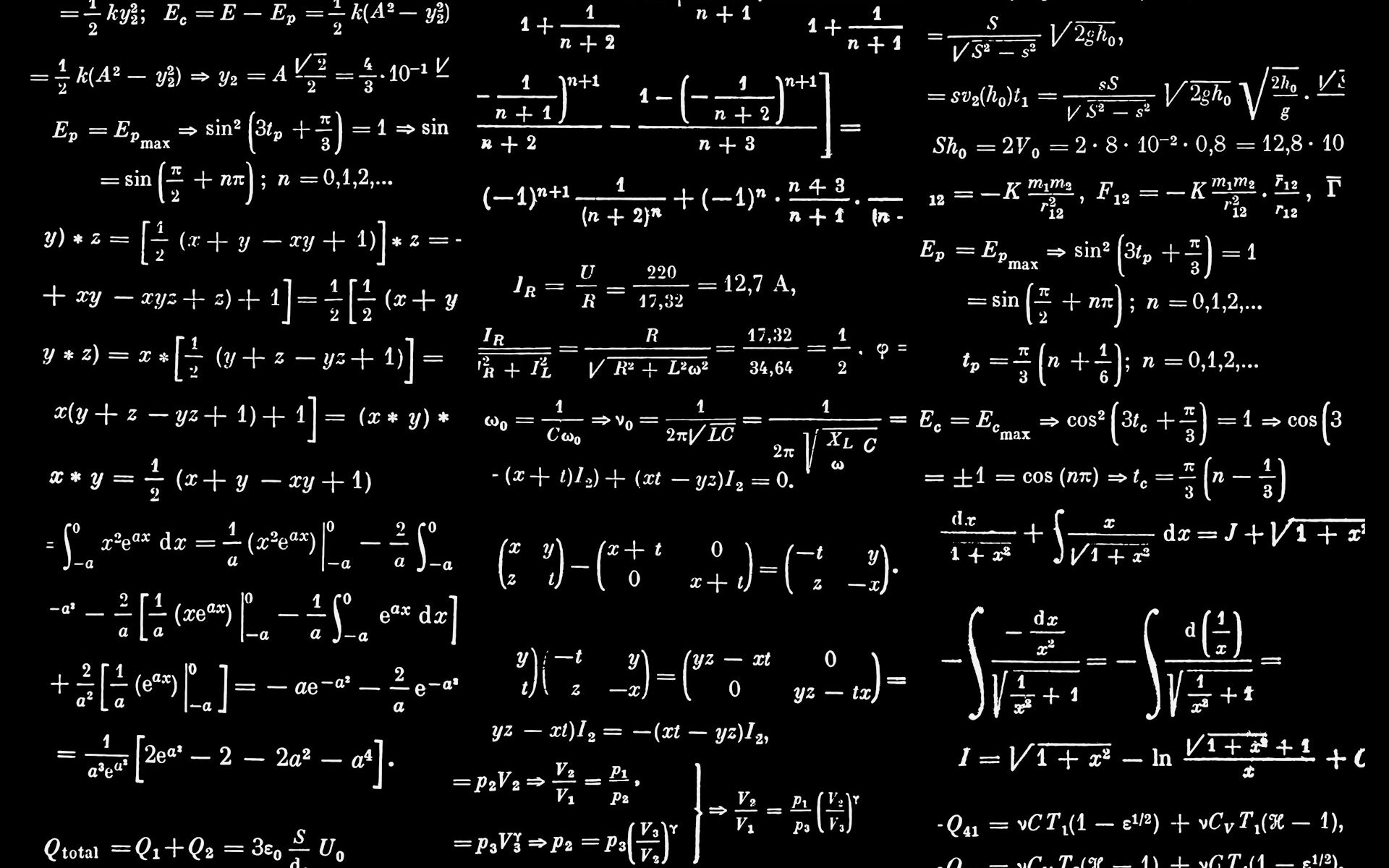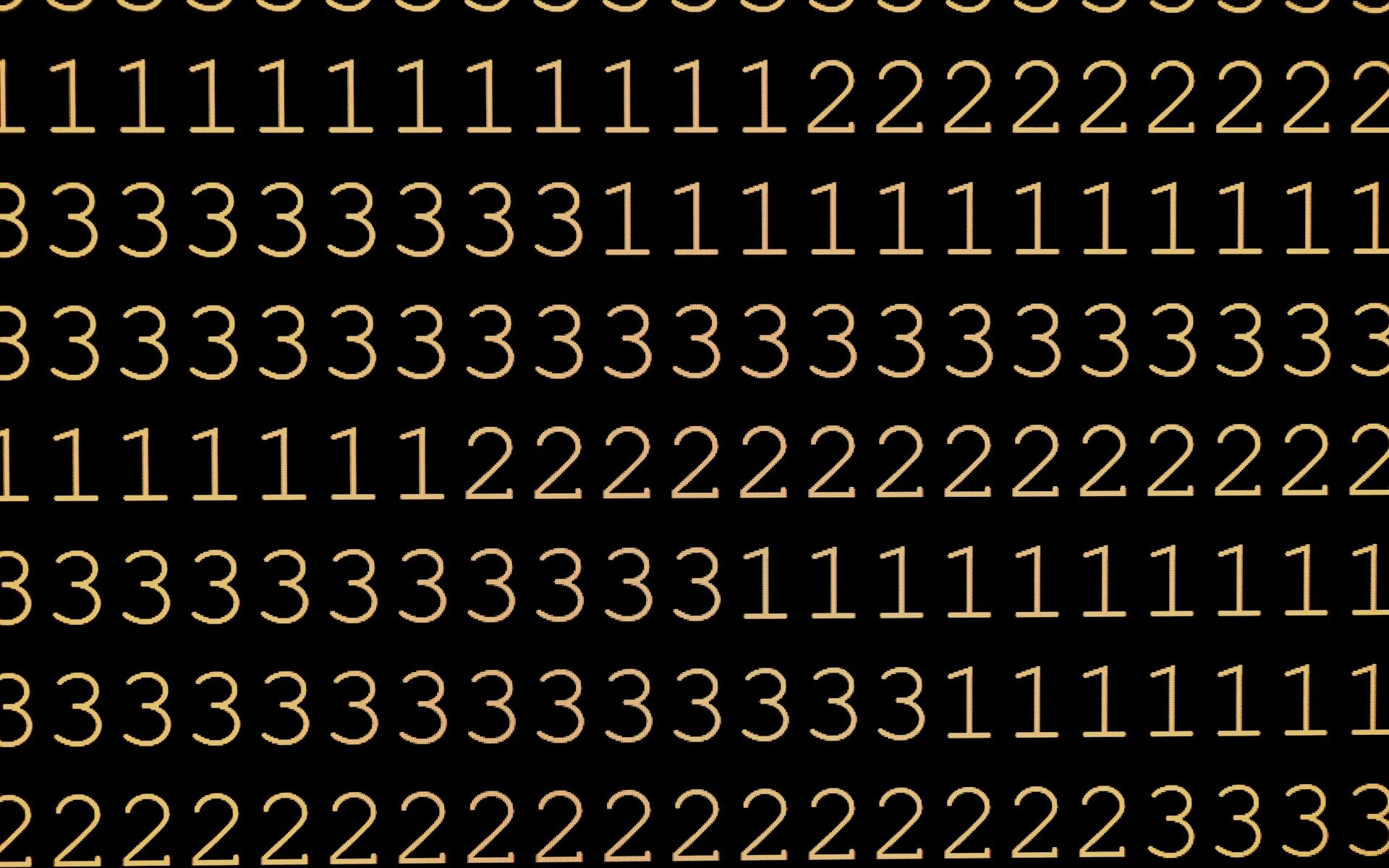In today’s data-driven world, understanding statistics and data analysis is no longer a niche skill but a fundamental requirement for informed decision-making. Among the most critical tools in a statistician’s arsenal are sampling techniques. These methods allow us to gather insights from a subset of a population and extrapolate those insights to the entire group. This article explores the importance of sampling techniques and their applications in various fields.
Understanding the Basics of Sampling Techniques
Sampling techniques are procedures used to select a subset of a population for analysis. The goal is to obtain a representative sample that accurately reflects the characteristics of the larger group. Several methods exist, each with its advantages and disadvantages, depending on the specific research question and the nature of the population.
Random Sampling: The Gold Standard
Random sampling, often considered the gold standard, ensures that every member of the population has an equal chance of being selected. This approach minimizes bias and provides a reliable basis for statistical inference. Simple random sampling involves selecting individuals purely by chance, while stratified random sampling divides the population into subgroups (strata) and then randomly samples from each stratum to ensure representation.
Systematic Sampling: Efficiency in Order
Systematic sampling involves selecting individuals at regular intervals from an ordered list. For example, one might choose every tenth person on a customer list. This method is efficient and straightforward, but it can introduce bias if there is a pattern in the population that aligns with the sampling interval.
Cluster Sampling: Geographic Convenience
Cluster sampling is used when the population is naturally divided into groups or clusters, such as schools or neighborhoods. Researchers randomly select entire clusters and then sample individuals within those clusters. This technique is particularly useful when studying geographically dispersed populations, as it reduces travel and logistical costs.
Convenience Sampling: A Word of Caution
Convenience sampling involves selecting individuals who are readily available or easily accessible. While this method is quick and inexpensive, it is also prone to bias. For instance, surveying customers as they leave a store may not accurately represent the broader customer base.
Real-World Applications of Sampling Techniques
Sampling techniques are indispensable in a wide array of fields, from market research and public health to environmental science and political polling. Let’s explore some key applications.
Market Research: Gauging Consumer Preferences
Companies use sampling techniques to understand consumer preferences and behaviors. For example, a beverage company might conduct taste tests with a sample of potential customers to gauge their reactions to a new product. The results can inform decisions about product development, marketing strategies, and pricing.
Public Health: Tracking Disease Outbreaks
Public health officials rely on sampling techniques to monitor disease outbreaks and assess the effectiveness of interventions. By testing a sample of the population, they can estimate the prevalence of a disease and identify risk factors. This information is crucial for implementing targeted prevention and treatment programs.
Environmental Science: Assessing Pollution Levels
Environmental scientists use sampling techniques to assess pollution levels in air, water, and soil. By collecting samples from various locations, they can estimate the overall level of contamination and identify sources of pollution. This data is essential for developing and enforcing environmental regulations.
Political Polling: Predicting Election Outcomes
Political polls are a common application of sampling techniques. Pollsters survey a sample of registered voters to gauge their preferences for candidates and issues. While polls are not always perfect predictors of election outcomes, they provide valuable insights into public opinion and can influence campaign strategies.
The Importance of Sample Size and Representativeness
The accuracy of sampling techniques depends on two key factors: sample size and representativeness. A larger sample size generally leads to more accurate results, as it reduces the impact of random variation. However, increasing the sample size can also increase the cost and complexity of the study.
Representativeness refers to the extent to which the sample accurately reflects the characteristics of the population. A biased sample can lead to misleading conclusions, even if the sample size is large. Researchers must carefully consider the potential sources of bias and take steps to minimize their impact.
Overcoming Challenges in Sampling
Despite their widespread use, sampling techniques are not without their challenges. One common issue is non-response bias, which occurs when individuals selected for the sample refuse to participate. Non-response can skew the results if those who decline to participate differ systematically from those who do participate.
Another challenge is sampling error, which is the difference between the sample results and the true population values. Sampling error is inevitable, but it can be minimized by using appropriate sampling techniques and increasing the sample size.
By understanding the strengths and limitations of different sampling techniques, researchers and decision-makers can make more informed choices and draw more accurate conclusions from their data. Whether it’s gauging consumer preferences, tracking disease outbreaks, or predicting election outcomes, sampling techniques provide a powerful tool for understanding the world around us. Careful application of these techniques ensures that data analysis continues to drive effective and evidence-based decision-making across diverse fields. The insights gleaned from well-designed samples are invaluable for shaping policy, guiding business strategies, and advancing scientific knowledge.
With a firm grasp of the principles behind sampling techniques, individuals and organizations can harness the power of data to navigate complex challenges and seize new opportunities. The ability to collect, analyze, and interpret data effectively is a crucial skill in today’s interconnected world, and sampling techniques are at the heart of this capability. From the simplest random sample to the most sophisticated stratified design, these methods offer a pathway to understanding the patterns and trends that shape our lives.







